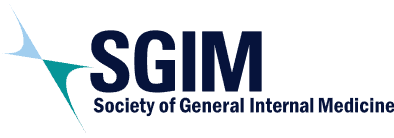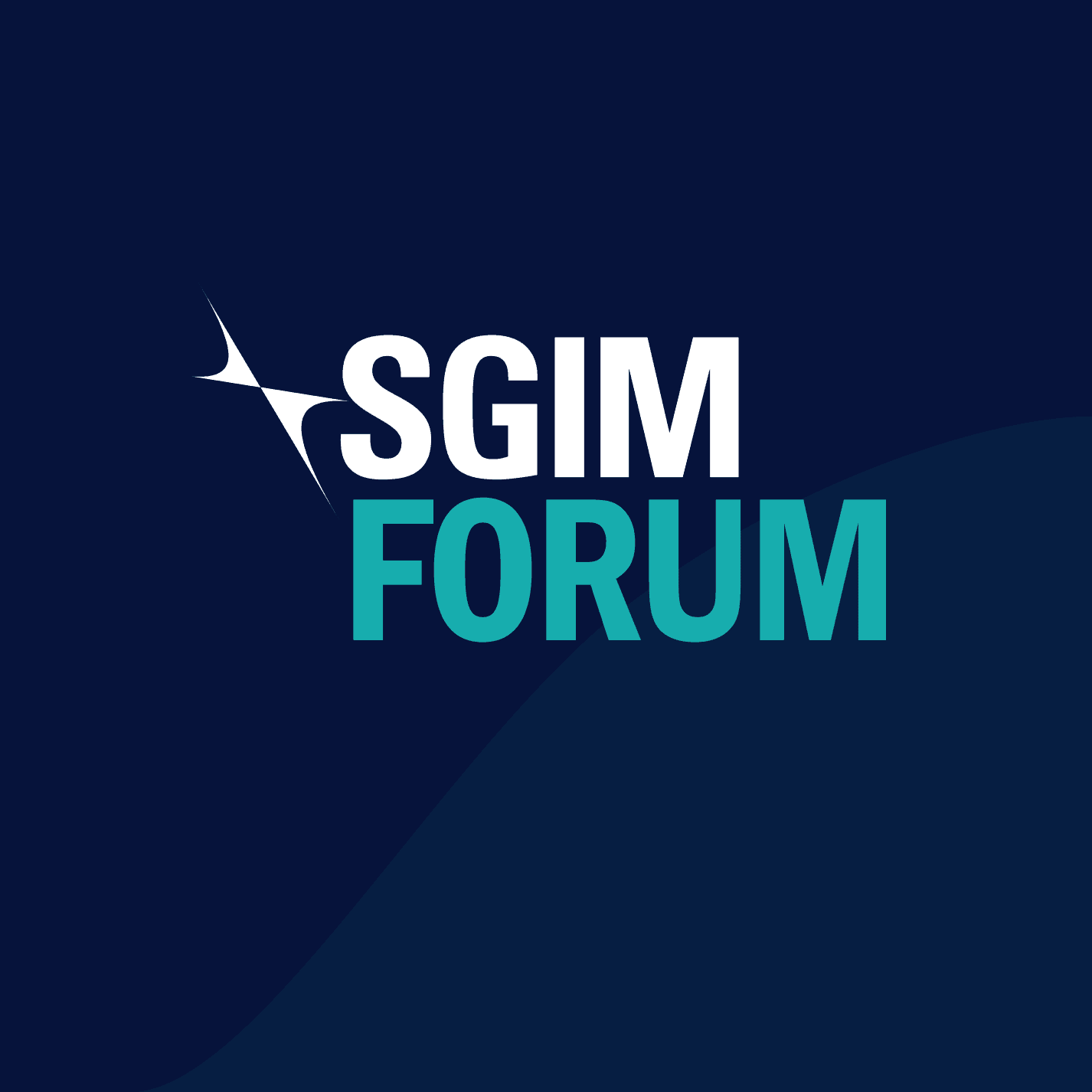What did the Program Committee see as the biggest challenges in planning a virtual Annual Meeting?
When the Program Committee was formed in May 2020, we were in the early throes of the COVID-19 pandemic. SGIM had just cancelled the in-person meeting that was scheduled to be held in Birmingham, Alabama, and the 2020 Program Committee was scrambling to convert at least a portion of the planned content into a virtual meeting. When it became apparent that the pandemic was going to last long enough to jeopardize the 2021 Annual Meeting scheduled for Boston, the SGIM Council asked the Program Committee to plan for a fully virtual meeting. That decision created challenging questions for the Program Committee. What types and how much of the usual meeting content could be delivered virtually? How could we offer opportunities for SGIM member engagement and human connection virtually? How would Program Committee members and staff juggle meeting preparations with extra responsibilities and stressors imposed by the pandemic?
What were the most successful aspects of the 2021 Annual Meeting?
The Program Committee and staff worked together extremely well to meet the enormous challenges they faced in uncharted territory. We applied lessons learned from the SGIM regional meetings. The team ultimately decided to include all of the usual types of Annual Meeting content in the 2021 meeting—plenary lectures by guest speakers and special symposia on timely topics related to the theme of Transforming Values into Action, special lectures by distinguished professors, oral abstract presentations, poster presentations, interactive workshops, mentoring panels, interest group meetings, and updates in clinical medicine, education, and research, as well as a new Clinical Update Jeopardy game featuring regional teams.1 Perhaps the greatest success was delivering all of this content in the four-day period that ran from April 20-23. Despite concerns about people being Zoomed out, 2,271 people participated in the meeting, a number comparable to registration rates in many previous years. Moreover, as we checked in on as many sessions as possible, we found a high level of engagement in nearly all sessions, from 10:00 AM to 7:15 PM EST. The most common complaint we heard was that people were not able to take advantage of all the content that was of interest to them. That concern is being addressed by making much of the meeting content available on our new learning management system, GIM Learn.2
How could the Annual Meeting be conducted more effectively in a virtual format?
The meeting team took notes throughout the meeting about problems that arose. Many of the challenges related to technical difficulties with accessing sessions on the Event Pilot platform. Thankfully, SGIM’s superb staff had organized themselves to be available for all sessions so that most issues were addressed quickly. Some of the technical problems will require adjustments in how sessions are set up if we plan to use the platform again for future meetings. Although we observed a high level of engagement in the vast majority of sessions, we noted that many poster presenters did not receive comments or questions about their work, and there was some confusion about where to post discussion content. We need to explore new ways to ensure that all poster presenters have more dynamic opportunities to discuss their work with meeting participants.
What are the most important lessons learned from the Annual Meeting?
What impressed us most was the level of engagement and the dedication that members have for each other and for the organization. So many members submitted content, led interactive sessions, created posters (many with recorded mini-presentations), and actively participated in the meeting. We interpret that engagement as evidence of how much members value the diverse meeting content and the associated connection with and inspiration from their peers. The lectures by the guest speakers and distinguished professors were quite inspiring. The abstract presentations and workshops demonstrated how members are applying their interests and expertise in education, clinical care, policy, and research to the challenges we face amidst the pandemic and the ongoing problems of social injustice. Despite the limitations of a virtual format, participants seemed to appreciate the networking opportunities provided by the national meeting. Ultimately, we learned and felt inspired that SGIM members are actively engaged in our mission of cultivating innovative educators, researchers, and clinicians in academic general internal medicine, leading the way to better health for everyone!
References
- Jetton F, Hinkley J. Join your colleagues virtually at #SGIM21. SGIM Forum. 2021; 44 (4): 1, 16.
- Bass EB, Lo MC. Q & A with SGIM’s CEO and the chair of the Learning Management System (LMS) task force. SGIM Forum. 2021; 44 (5):4,10.
Issue
Topic
COVID-19, Health Policy & Advocacy, Leadership, Administration, & Career Planning, Medical Education, SGIM, Wellness
Author Descriptions
Dr. Bass (basse@sgim.org) is the CEO of SGIM. Dr. Lee (rita.lee@cuanschutz.edu) was the Chair of the 2021 Annual Meeting Program Committee.
Share
Reflejos in the Medical Field
I’m looking at the photograph of a five-year-old girl, her big brown…


